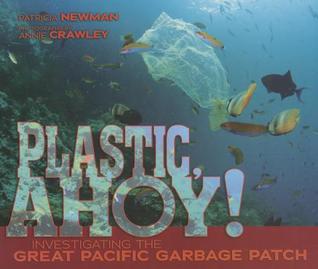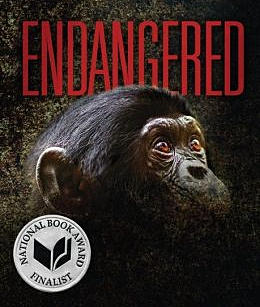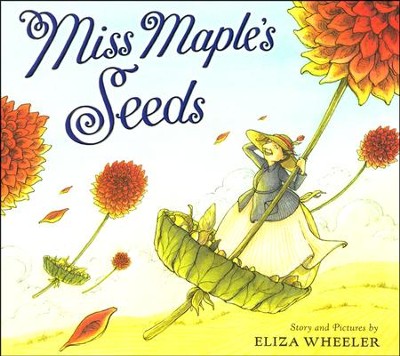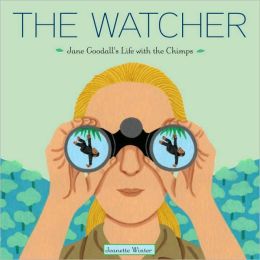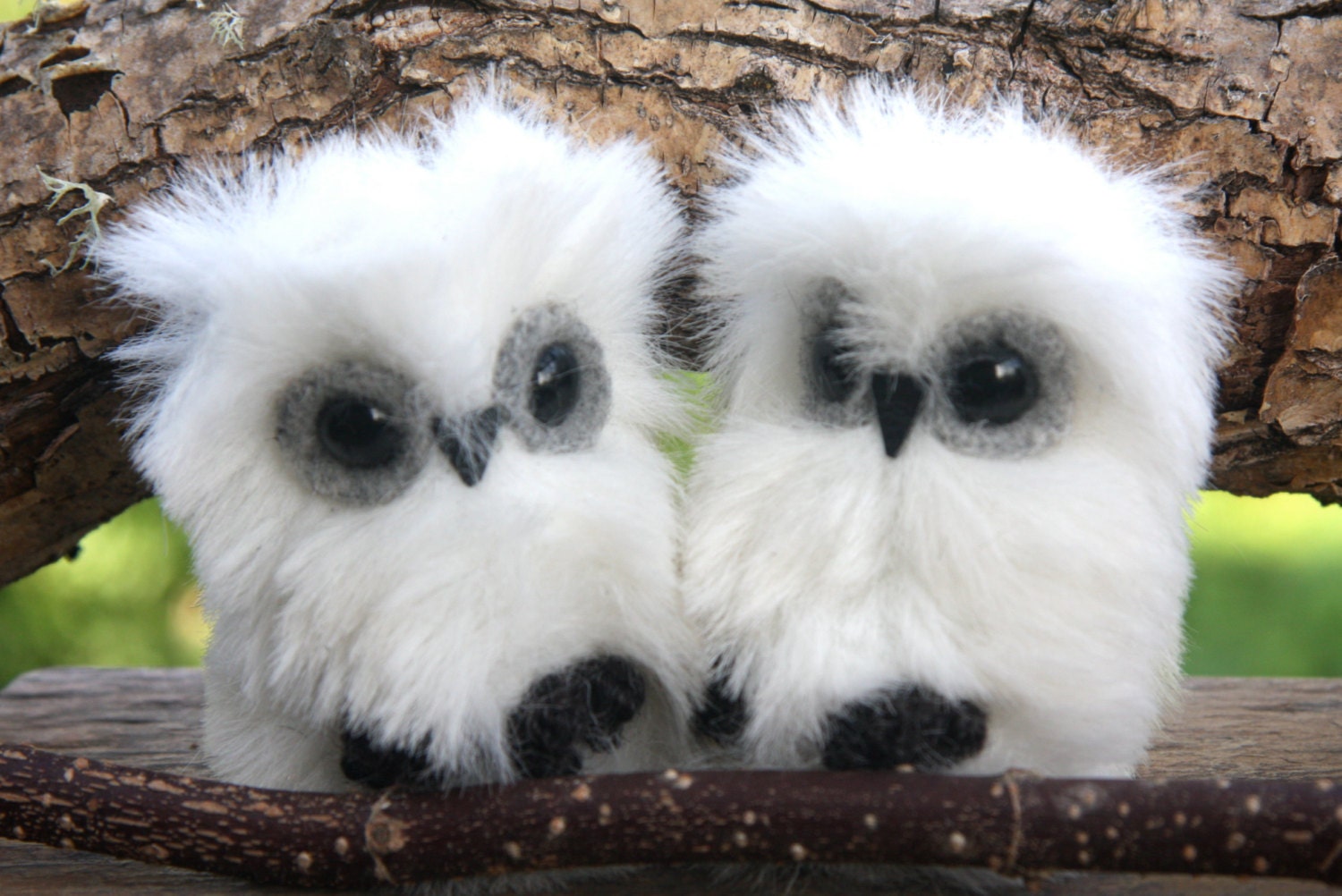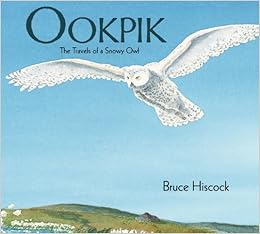I had the opportunity to meet and speak with author Eliot Schrefer at the Red Hook Book Festival. His book, Endangered, was a National Book Award Finalist for Young People's Literature. It also garnered a starred review in Publishers Weekly and praise from Kirkus, ALA, NPR and a host of others. All well-deserved!
Endangered is a compelling
story set in war-torn Congo. Please share with us your experiences researching
this story in such a dangerous place?
First, I want to say thanks
for having me! It’s a treat to visit your blog. To answer your question, I
traveled to a sanctuary for orphaned bonobos, called Lola ya Bonobo (“Bonobo
Paradise” in the local language, Lingala), in order to research the book.
Though I was visiting Congo, I think of it as “Congo Lite.” They picked me up
from the airport, I stayed on the sanctuary grounds for two weeks, and then
they drove me back. It’s a beautiful, well-run place. Each morning I would
spend time with the orphans, then I would write in the afternoons. It was great
to be able to spend extended time with them—what changed most during my
research were the physical details, what bonobos feel like or even smell like.
What inspired you to write about bonobos?
A pair of pants! I bought a pair of Bonobos brand khakis, and thought it was a
nonsense word. Then I looked them up and learned about this fourth great ape
that I’d never heard about before. Once I knew their connection to us (98.7%
DNA overlap) and their plight (struggling to survive in central Congo) I
realized there was enough thematic information to write a novel.
You’ve managed to weave in so much information about the science of bonobos and
their status in this novel without any “information dumps”. What challenges did
you experience in doing this?
I always hate in a movie
when the main character happens to walk by a college lecture hall, and pauses
for a minute to hear whatever the academic is lecturing about—which is, of
course, always germane to the movie’s events. Books have a little more leeway,
I think, because there’s a chance to hear a character’s internal thoughts. But
all the same, as you say, info dumps are a real problem. Most of the research
that I was able to work into the book was about their physical lives—how they
nest, how they fight, the texture of their hair, etc.—because those were things
Sophie was observing, herself. I tried to minimize times where I’d go “Sophie
remembered reading that...”. All the same, I think readers love feeling like
their gaining new information. It just has to be presented inconspicuously.
Your next book, Threatened, focuses on another primate. Can you share the
differences you encountered with your research on this book?
Threatened is about
chimpanzees, and anyone who’s read Endangered knows they come off as villains
there. But what helped me come around to them immensely were the memoirs of
Jane Goodall. She writes about generations of the Gombe chimps she studied in
Tanzania, and their stories are totally gripping. Her writing really encouraged
me to look at chimp behavior as family stories above all. One chimp’s welfare
has everything to do with how it was raised.
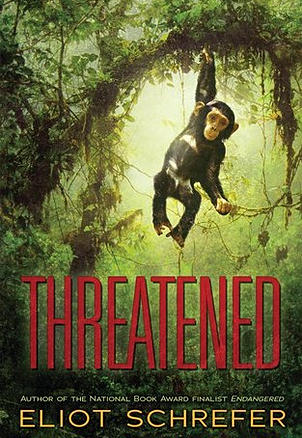 |
| *Starred reviews from both Kirkus and Publisher's Weekly |
What’s next for your readers?
I’m hard at work on the next ape novel! The orangutan book will be out
fall 2015. It’s about an orang who’s been raised in the states alongside a
human boy. I’m also writing an installment of the Spirit Animals series of
books—mine will be out in January 2015.
I’m sure readers will be interested in learning more about the plight of these
extraordinary primates. Can you point them to any organizations for more
information?
Absolutely. There are two main organizations that work on bonobo welfare. One
is Friends of Bonobos (www.friendsofbonobos.org <http://www.friendsofbonobos.org>
), which helps run the sanctuary where I stayed in Congo. Another is the Bonobo
Conservation Initiative (www.bonobo.org <http://www.bonobo.org> ), which
works on keeping the wild bonobos alive and well. Both very worthy
organizations.
Thanks again for having me, Nancy!
It's been a pleasure, Eliot! For more information about Eliot and his books check out his website.

